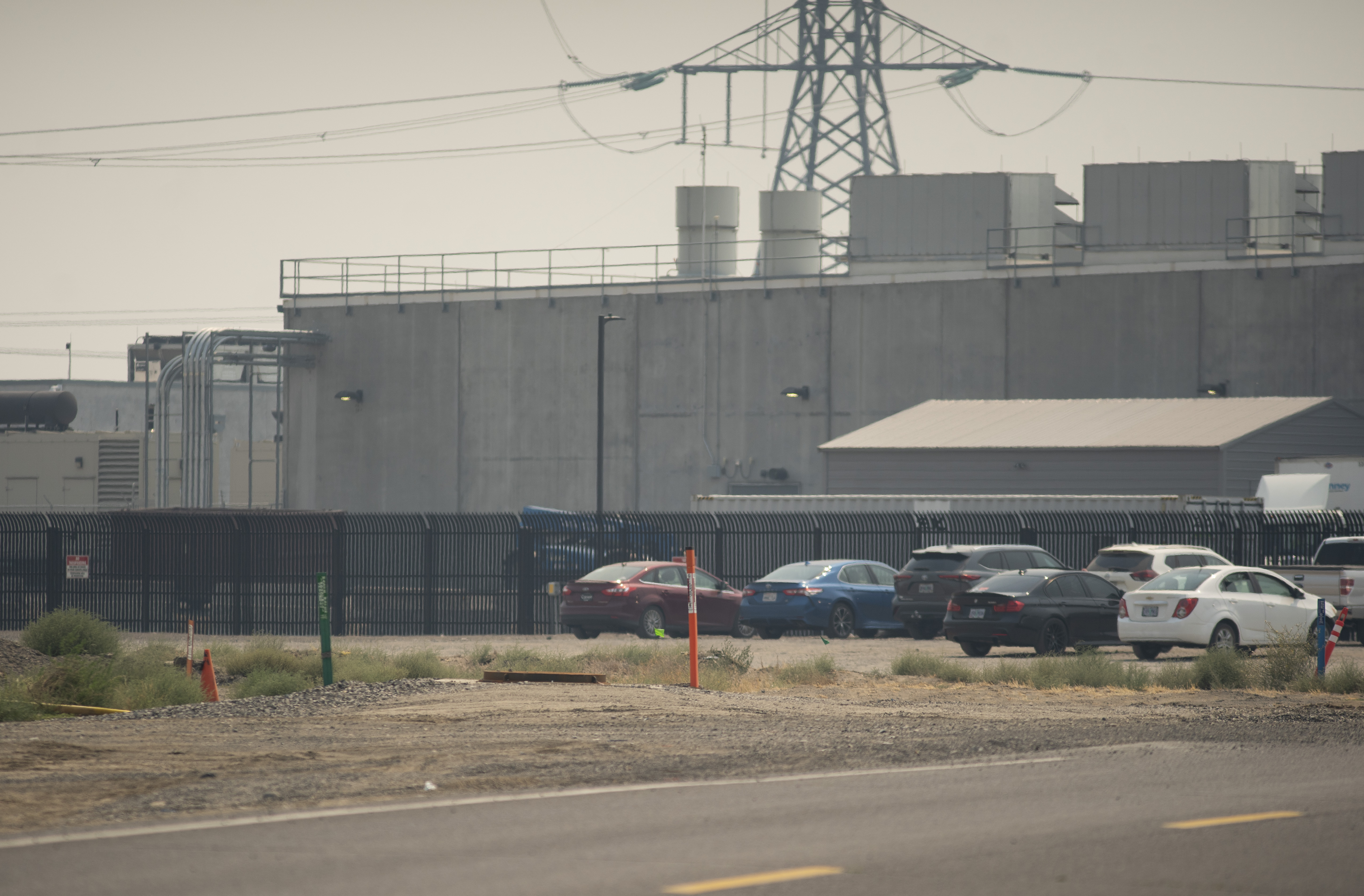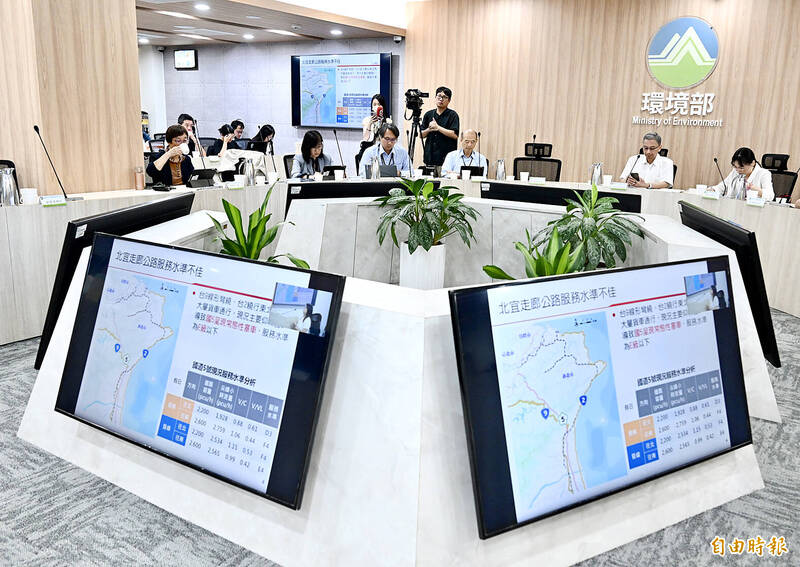Report on the Cancellation of Federal Energy Grants in Oregon and its Impact on Sustainable Development Goals
Executive Summary
The United States Department of Energy has announced the cancellation of approximately $405 million in funding allocated for 19 energy-related grants in the state of Oregon. This decision, detailed in a list published by the Appropriations Committee Democrats, is anticipated to significantly impede progress toward several key United Nations Sustainable Development Goals (SDGs). The rescinded funds were designated for projects critical to advancing sustainable infrastructure, clean energy, and economic development.
Analysis of Impact on Sustainable Development Goals (SDGs)
The termination of these grants presents a direct challenge to the achievement of multiple SDGs within Oregon. The primary areas of impact include:
- SDG 7 (Affordable and Clean Energy): The cancellation will slow or halt major transmission upgrades and the manufacturing of clean technologies. This directly obstructs efforts to increase the share of renewable energy in the state’s energy mix and ensure access to affordable, reliable, and modern energy for all.
- SDG 9 (Industry, Innovation, and Infrastructure): Halting funding for transmission upgrades undermines the development of resilient, sustainable, and reliable infrastructure, a core target of SDG 9. This setback affects the modernization of the energy grid required to support clean energy innovation.
- SDG 8 (Decent Work and Economic Growth): The cessation of funding for workforce development and clean technology manufacturing projects curtails the creation of green jobs and hinders inclusive and sustainable economic growth in a burgeoning sector.
- SDG 11 (Sustainable Cities and Communities) & SDG 13 (Climate Action): Energy-efficiency projects are fundamental to creating sustainable communities and are a critical component of climate change mitigation strategies. The loss of these grants represents a significant setback for state-level climate action and the transition to more sustainable urban and rural environments.
Key Details of the Grant Cancellation
- Total Funding Rescinded: Approximately $405 million.
- Number of Projects Affected: 19 individual grants.
- Affected Sectors Aligned with SDGs:
- Major transmission upgrades (SDG 7, SDG 9)
- Energy-efficiency projects (SDG 7, SDG 11, SDG 13)
- Workforce development in the green sector (SDG 8)
- Clean technology manufacturing (SDG 7, SDG 9)
Analysis of Sustainable Development Goals in the Article
1. Which SDGs are addressed or connected to the issues highlighted in the article?
-
SDG 7: Affordable and Clean Energy
- The article directly discusses the cancellation of grants for “energy-efficiency projects” and “clean technology manufacturing.” These initiatives are central to increasing the share of clean energy and improving energy efficiency.
-
SDG 8: Decent Work and Economic Growth
- The funding was intended for “workforce development.” The cancellation of these grants will negatively impact job creation and skill development, particularly in the emerging clean energy sector in Oregon.
-
SDG 9: Industry, Innovation, and Infrastructure
- The article mentions that the grants would have funded “major transmission upgrades” and “clean technology manufacturing.” These fall under the goal of building resilient infrastructure and promoting sustainable industrialization.
-
SDG 13: Climate Action
- By halting projects related to “energy-efficiency” and “clean technology,” the cancellation of funds represents a setback for climate change mitigation efforts. These projects are essential for reducing greenhouse gas emissions and transitioning to a low-carbon economy.
2. What specific targets under those SDGs can be identified based on the article’s content?
-
Under SDG 7 (Affordable and Clean Energy):
- Target 7.3: By 2030, double the global rate of improvement in energy efficiency. The “energy-efficiency projects” mentioned in the article are a direct contribution to this target.
- Target 7.a: By 2030, enhance international cooperation to facilitate access to clean energy research and technology… and promote investment in energy infrastructure and clean energy technology. The grants represent a form of investment in energy infrastructure (“transmission upgrades”) and clean technology, and their cancellation directly undermines this target at a local level.
-
Under SDG 8 (Decent Work and Economic Growth):
- Target 8.2: Achieve higher levels of economic productivity through diversification, technological upgrading and innovation… The “workforce development” and “clean technology manufacturing” initiatives contribute to technological upgrading and creating a skilled workforce for a modern economy.
-
Under SDG 9 (Industry, Innovation, and Infrastructure):
- Target 9.1: Develop quality, reliable, sustainable and resilient infrastructure… The “major transmission upgrades” are a clear example of developing sustainable and resilient energy infrastructure.
- Target 9.4: By 2030, upgrade infrastructure and retrofit industries to make them sustainable, with increased resource-use efficiency and greater adoption of clean and environmentally sound technologies… The “clean technology manufacturing” and “energy-efficiency projects” directly align with this goal.
3. Are there any indicators mentioned or implied in the article that can be used to measure progress towards the identified targets?
-
Financial Investment Indicator:
- The article explicitly states the monetary value of the canceled grants: “more than $400 million” and a specific total of “about $405 million.” This amount serves as a direct, quantifiable indicator of the reduction in financial flows towards sustainable energy and infrastructure projects. It can be used to measure the (negative) progress on investment-related targets like 7.a.
-
Project-Based Indicator:
- The article mentions that “19 grants in Oregon” were terminated. The number of funded or defunded projects is an implied indicator that can be used to track the implementation of policies and programs related to energy efficiency, clean technology, and infrastructure upgrades.
| SDGs | Targets | Indicators |
|---|---|---|
| SDG 7: Affordable and Clean Energy |
|
|
| SDG 8: Decent Work and Economic Growth |
|
|
| SDG 9: Industry, Innovation, and Infrastructure |
|
|
| SDG 13: Climate Action |
|
|
Source: oregonlive.com






